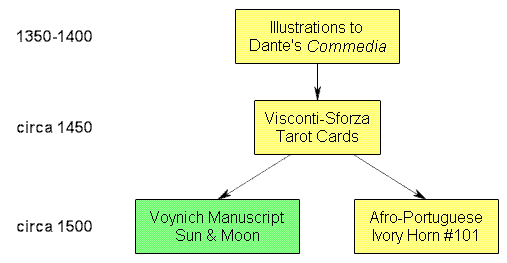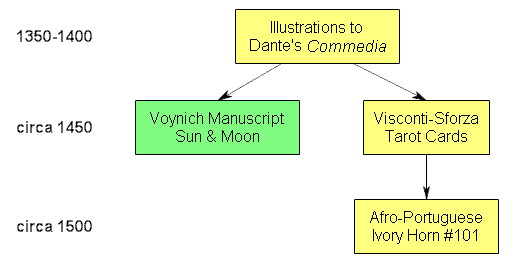Last summer, I mentioned here that I had listed a few of my VMs-related books on LibraryThing: it’s a nice little social web gizmo for bibliophiles like me who don’t otherwise get out much. But given that the number of people who have listed their books there has since increased to a quite staggering 500,000, it has become (as its founders probably hoped) a resource in its own right.
Perhaps most directly useful is its ability to tell you who has books in common with you: by thumbing through their (often well-stocked) virtual bookshelves, you can find many other related titles you might never have otherwise heard of.
For example, the person there with the most books in common with me is Brian Ogilvie, an “intellectual and cultural historian, specializing in early modern Europe, the history of science, and the history of scholarship” – precisely the kind of person whose library I’d love to mooch around. The beautiful thing, of course, is that now I can! Here (post-mooch) are some of his 1323 books I’d like to see:-
- “Alchemy and authority in the Holy Roman Empire”, Tara Nummedal (2007)
- “The Art of Natural History: Illustrated Treatises and Botanical Paintings, 1400-1850” (Studies in the History of Art Series), Therese O’Malley (2008)
- “Books of secrets: Natural philosophy in England, 1550-1600”, Allison Kavey (2007)
- “Botany in medieval and Renaissance universities”, Karen Reeds (1991) [How on earth did I miss Karen Reeds’ book?]
- “Carolus Clusius in a New Context: Towards a Cultural History of a Renaissance Naturalist”, Florike Egmond (2008)
- “The Clock and the Mirror”, Nancy G. Siraisi (1997) [I’ve been meaning to read this for a decade!]
- “Curiosity and Enlightenment: Collectors and Collections from the Sixteenth to Nineteenth Century”, Arthur MacGregor (2008)
- “The eye of the Lynx : Galileo, his friends, and the beginnings of modern natural history”, David Freedberg (2002)
- “Herbs and Herbalism in the Middle Ages and Renaissance” (Variorum Collected Studies Series, Cs 650), Jerry Stannard (1999)
- “History, Medicine, and the Traditions of Renaissance Learning” (Cultures of Knowledge in the Early Modern World), Nancy G. Siraisi (2007)
- “Leonhard Rauwolf; sixteenth-century physician, botanist, and traveler”, Karl H. Dannenfeldt
(1968) - “The Microscope in the Dutch Republic: The Shaping of Discovery”, Edward G. Ruestow (2004)
- “Peiresc’s Europe: Learning and Virtue in the Seventeenth Century”, Peter N. Miller (2000)
- “Pristina Medicamenta: Ancient and Medieval Medical Botany” (Variorum Collected Studies Series, 646), Jerry Stannard (1999)
- “Renaissance and revolution : humanists, scholars, craftsmen, and natural philosophers in early modern Europe”, Judith Veronica Field (1997)
- “Secrets of nature : astrology and alchemy in early modern Europe”, William R. Newman (2001)
- “Technology, society, and culture in late medieval and Renaissance Europe, 1300-1600”, Pamela O. Long (2000)
- “Thinking with Demons: The Idea of Witchcraft in Early Modern Europe”, Stuart Clark (1999 )
- “Transmitting Knowledge: Words, Images, and Instruments in Early Modern Europe” (Oxford-Warburg Studies), Sachiko Kusukawa (2006)
There – you now have an ideal reason for listing your own books on LibraryThing. 🙂
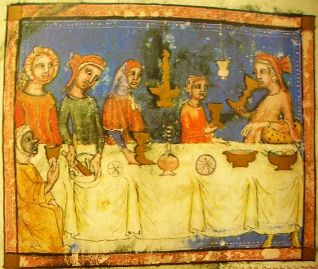

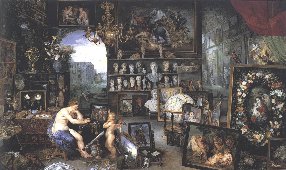
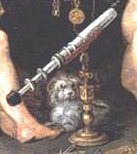
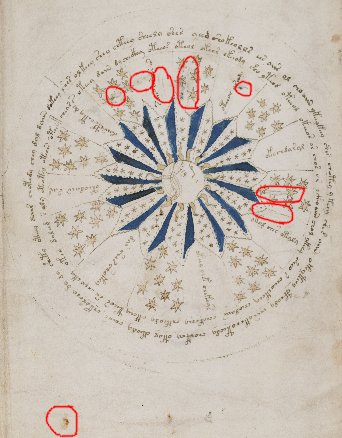
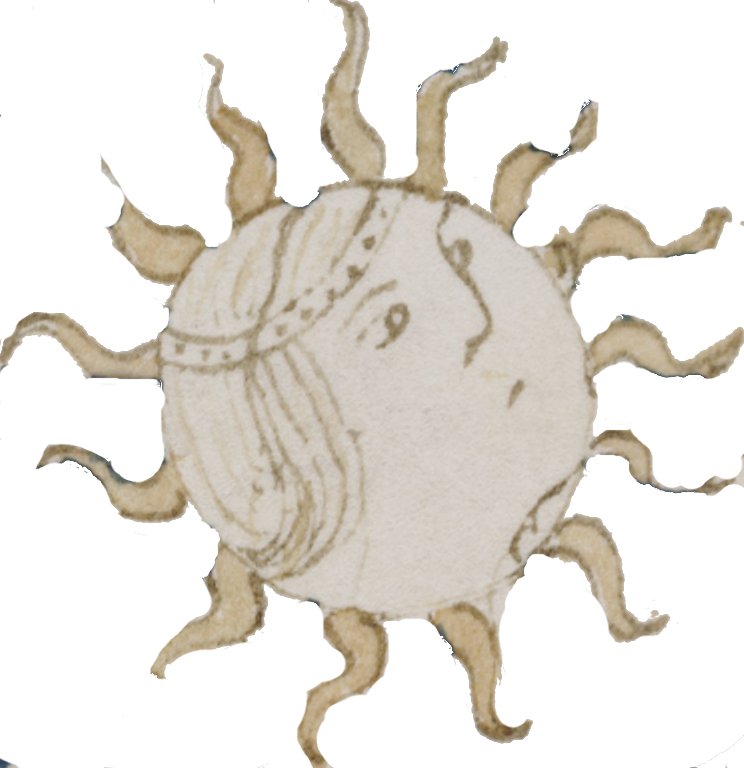
 Afro-Portuguese Horn #101 (from
Afro-Portuguese Horn #101 (from 